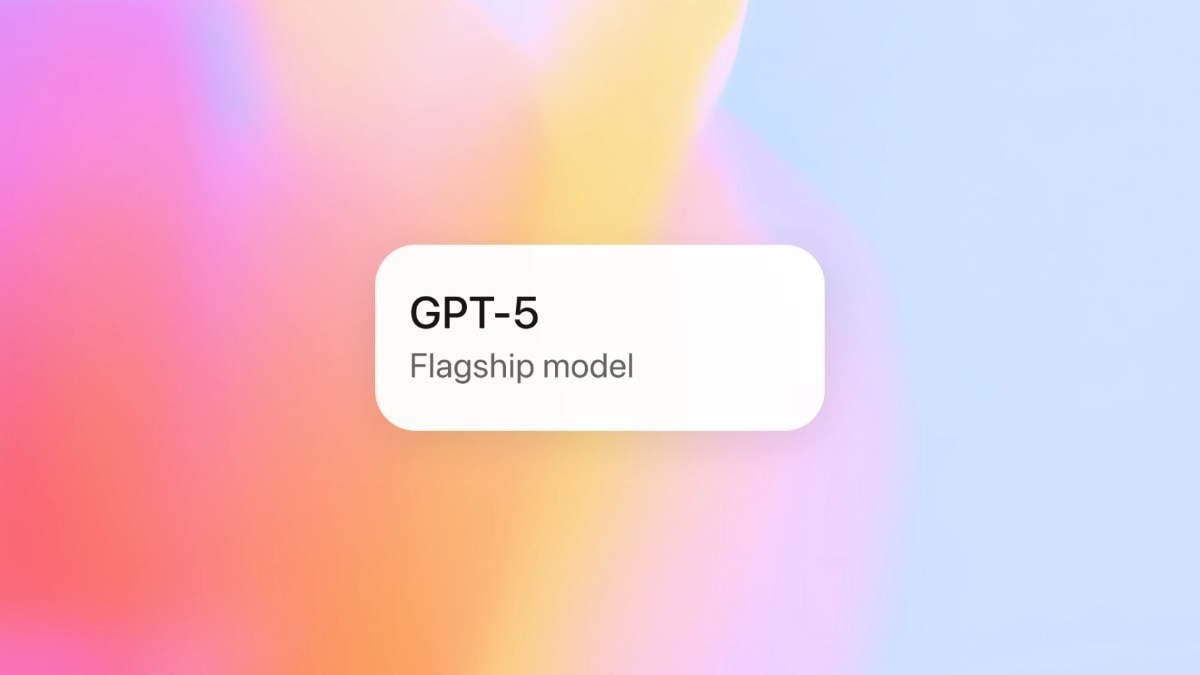Unlocking the Power of GPT-5: A New Era in AI Reasoning
GPT-5, released by OpenAI, represents a significant advancement in large language models, introducing an innovative approach to problem-solving with embedded “thinking” models that engage when complex, multi-step reasoning is required. This transition is more than a minor adjustment; it fundamentally changes how the system determines when to respond promptly and when to engage in deeper contemplation, thereby reshaping user expectations of ChatGPT in various contexts, including everyday usage, professional settings, and developer applications.
The Basics: A Unified System with Multiple Components
OpenAI presents GPT-5 as a cohesive system composed of three distinct types of elements. The first is a swift and efficient model designed to manage routine inquiries. The second is an advanced reasoning model, referred to as GPT-5 (with thinking), which is responsible for conducting elaborate, structured computations for difficult problems. The third element is an intelligent router that determines which component to utilise for each query, allowing for dynamic conversation routing. For developers, the API offers various configurations, including gpt-5, gpt-5-mini, and gpt-5-nano, enabling teams to balance between cost, latency, and functionality.
Why This Change Matters
Previous models primarily functioned as single-response generators optimised for diverse tasks. GPT-5 distinctly separates “quick answers” from “deep thought.” This means that simple queries will remain both fast and economical, whereas intricate tasks like deep debugging, lengthy mathematical calculations, or clinical case summaries will automatically be managed by a separate, more powerful engine that has the capacity to utilise more internal computing resources and deliver more thorough responses.
Understanding “Thinking” in GPT-5
When OpenAI refers to thinking models, it highlights several technical and product enhancements. The reasoning model enables longer sequences of internal computations while employing scaled parallel testing during computation to minimise errors on complex issues. As a product, it yields more systematic answers that display intermediate steps when relevant and demonstrate a greater ability to acknowledge uncertainty.
The router assesses the nature of an incoming request and decides whether to respond using the fast model, the thinking model, or to activate external tools such as calendars, web connectors, or coding agents. Users may also explicitly request reasoning by selecting GPT-5 Thinking from the options or by instructing the model to “think hard about this.”
In the API, developers have explicit versions available so they can select the reasoning model for enhanced accuracy while using the mini or nano variations for scale and reduced latency.
Simply put, “thinking” represents a carefully managed balance among latency, cost, and accuracy. For users, this should translate to fewer confident but incorrect responses and more transparent, step-by-step solutions when required.
Key Improvements to Anticipate
OpenAI, along with various initial reports, indicates several areas where GPT-5 significantly elevates performance.
- Enhanced Reasoning: Benchmarks and early evaluations reveal considerable enhancements in mathematical computations, coding tasks, and domain-specific challenges. OpenAI reports progress across multiple standard assessments, while independent evaluations indicate that enabling the thinking mode notably reduces error and hallucination rates in complex prompts.
- Improved Coding and Agentic Behaviour: GPT-5 is fine-tuned for comprehensive coding tasks and optimised for managing agentic workflows that coordinate various tools. Users can expect better project generation with fewer overlooked edge cases, alongside models that more reliably execute sequential API calls and verifications. This is a key reason for rapid adoption by several developer applications.
- Multimodal and Practical Skills: GPT-5 enhances understanding of images, videos, and audio alongside text, improving its capability in tasks that necessitate visual context as well as in workflows involving a blend of text and media. OpenAI claims the model accommodates much larger token contexts, thereby aiding in the handling of lengthy documents and multi-file projects.
User Experience Changes in ChatGPT
For everyday users, the alterations will generally be subtle and positive.
Simple searches and brief interactions will continue to be swift. The system defaults to the fast model for common queries, ensuring the ChatGPT experience remains quick and responsive.
For more intricate prompts, ChatGPT will either autonomously “think” or present a clear option. Users requiring precise outputs can select GPT-5 Thinking or Pro tiers that provide greater usage and access to GPT-5 Pro, which features OpenAI’s most intensive reasoning variant.
Tooling and agent management will run more smoothly. When a request encompasses calendars, code execution, or multi-step web searches, the router can allocate the task to the reasoning model and coordinate tool activations, reducing the previously necessary manual interactions. Early integrations from major platform partners demonstrate this efficiency across email, calendar, and coding tools.
The overall effect is that individuals who depend on ChatGPT for simpler tasks will experience no disruptions, while those requiring in-depth work will find an experience that feels more akin to collaborating with a meticulous human partner.
Limits, Safety, and the AGI Debate
OpenAI characterises GPT-5 as its most proficient model to date, yet it is not considered Artificial General Intelligence (AGI). The company stresses reduced hallucination rates and enhanced safety protocols, stating that the model is better at recognising its limitations and suggesting human experts when appropriate. This is significant as higher-capability models can make compelling errors if not properly monitored.
Implications for the Industry
GPT-5 is poised to expedite the integration of AI within products. Its superior reasoning capabilities and built-in agentic features simplify the process for companies to deploy functionalities that previously required extensive engineering efforts. Microsoft and other platform partners are already indicating broad integration at the product level. This will widen the disparity between teams capable of utilising high-quality reasoning models and those unable to do so, further intensifying discussions surrounding auditing, ownership, and accountability, given that models will increasingly make automated decisions with significant implications.

Leave a Reply